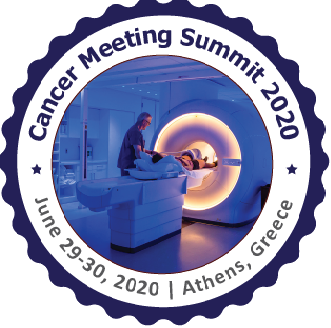Prof ihab ahmed
Cairo University, Egypt
Title: laparoscopic proximal gastrectomy in gastro esophageal junction tumors
Biography
Biography: Prof ihab ahmed
Abstract
Background:
For Siewert type I and II gastroesophageal junction tumor (GEJ) laparoscopic proximal gastrectomy can be performed. It is associated with several perioperative benefits compared with open proximal gastrectomy. The use of laparoscopic proximal gastrectomy (LPG) has become an increasingly popular approach for select tumors
Methods
We describe our technique for LPG, including the preoperative work-up, illustrated images of the main principle steps of the surgery, and our postoperative course.
Results
Thirteen pts (nine male, four female) with type I ,II (GEJ) adenocarcinoma had laparoscopic radical proximal gastrectomy and D2 lymphadenectomy . All of our patient received neoadjuvant chemotherapy, eleven patients had intrathoracic anastomosis through mini thoracotomy ( two hand sewn end to end anastomoses and the other 9 patient end to side using circular stapler), two patients with intrathoracic anastomosis had flap and wrap technique, two patients had thoracoscopic esophageal and mediastinal lymph node dissection with cervical anastomosis
The mean blood loss 80ml, No cases was converted to open .The mean operative time 250 minute Average LN retrieved 19-25, No sever complication such as leakage, stenosis, pancreatic fistula ,or intra-abdominal abscess were reported. Only One patient presented with empyema 1.5 month after discharge that was managed conservatively.
Conclusion
For carefully selected patients, LPG in GEJ tumour type I nad II is a safe and reasonable alternative for open technique , which is associated with similar oncologic outcomes and low morbidity. It showed less blood loss, respiratory infections, with similar 1- and 3-year survival rates.

